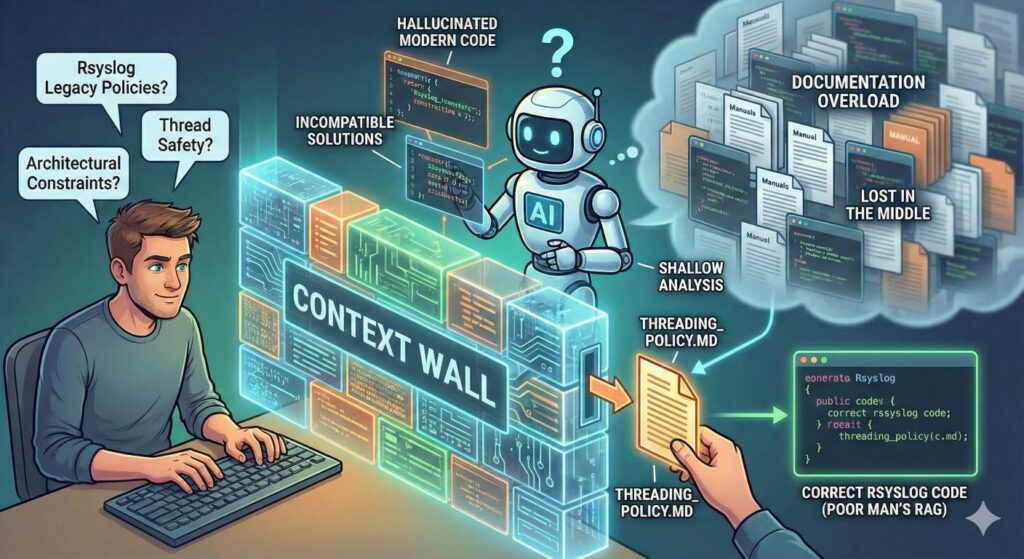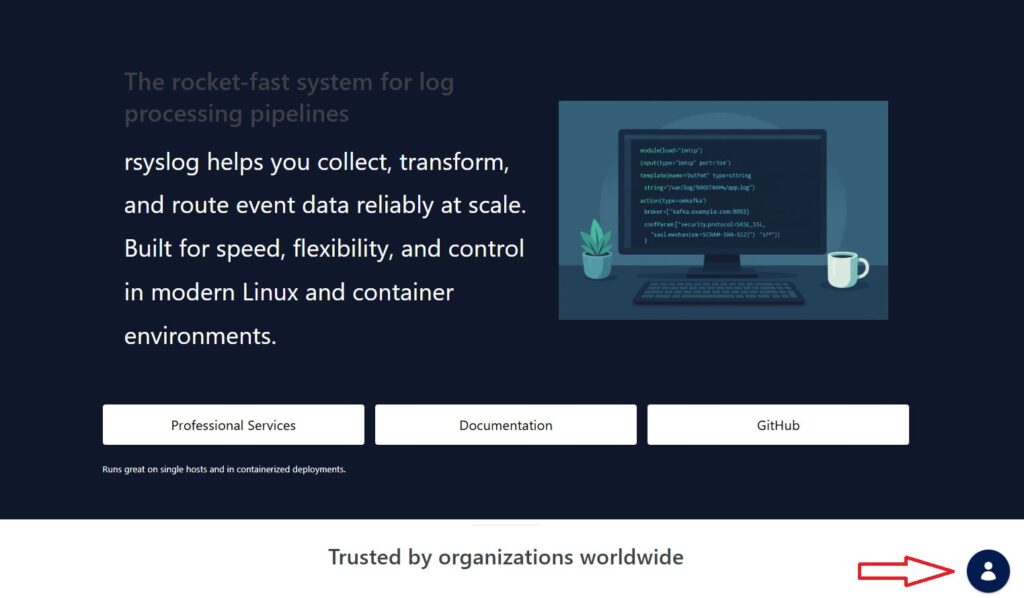I know many people know I am with Adiscon. They also know we do both open source and closed source software. That combination often raises eyebrows, and I occasionally get the same question: how do we manage this without open-core games, dual-licensing traps, or hidden agendas?

So I decided to write it down, plainly.
Continue reading “How We Run Open Source and Closed Source at Adiscon”






